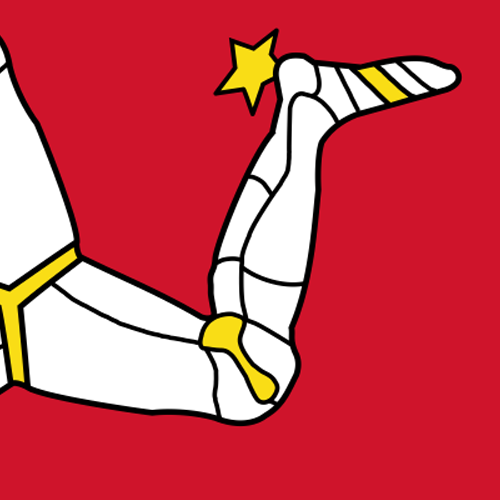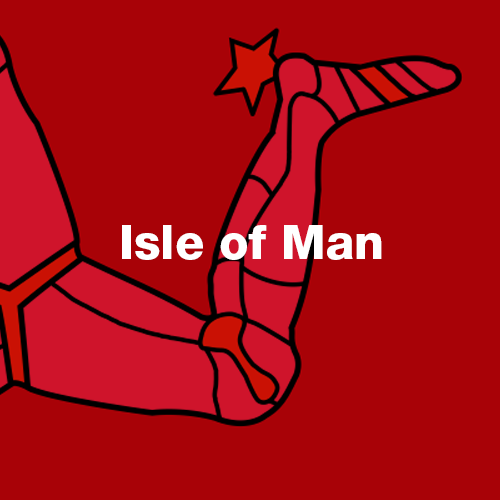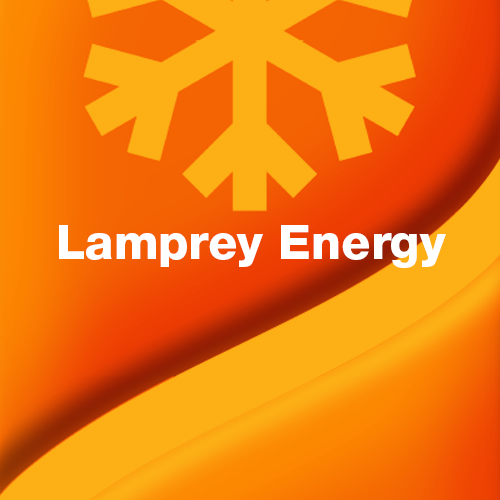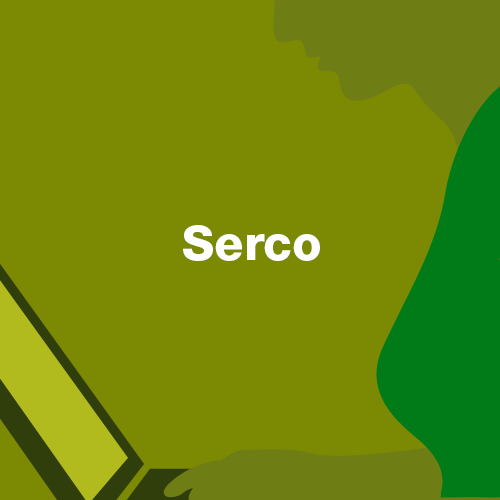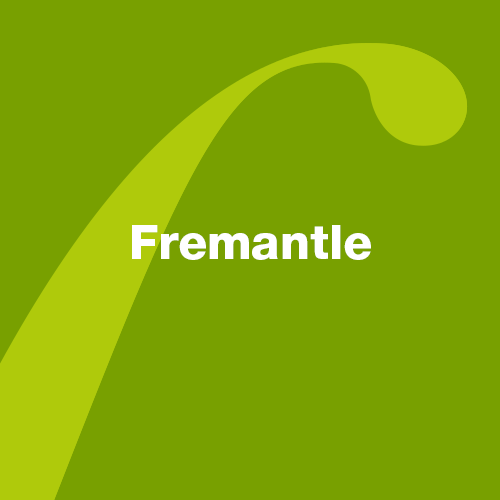
Isn’t it about time we distinguished our brands from our branding?
This may seem a ludicrous issue – a simple case of academic sophistry. After all we all understand the terms, don’t we? Or, do we?

Whilst brands in one form or another have been around since time immemorial, the notion of developing and shaping brands for growth is relatively new. Over the past 25 years or so the area of ‘brand culture’ has grown significantly, spawning a new professional sector.
One of the real issues facing new sectors is the very issue of language. With the plain English police about, we all want to be readily understood and communicate clearly. Jargon is after all largely about maintaining a professional barrier, making us one of a club to justify fees. Hence the incomprehensibility of most lawyers, chartered surveyors or even accountants. However, in each profession there are times when the invention of new terminology is valid – where no existing term readily and accurately describes what is involved.
As long as we live, so must language. Even the august institution of the Académie Francaise has had at times to admit new terms and in areas such as IT we have accepted ‘made-up’ words to reflect advances in technology. We are all completely familiar and embrace warmly terms such as broadband, google, text and tweet. So, why are we so constrained in the area of brands where new words would make sense?
Claiming that there is a difference between branding and brand development may sound like an exercise in splitting hairs, but it is far more than a pretentious, semantic argument. As the importance of brand development grows, we need to explore the terms we use in detail to make sure that we are clear about what we mean.

If we step back in time for a moment and look at the origin of the word branding; it lies on the farm, where branding irons were used by farmers to mark their livestock so that they could readily identify them. It was in essence a pictorial name tag.
Whilst the world of brands has moved on significantly from acting as a simple name tag, at the heart of any logo remains the simple fact that we use them so that people can recognise who we are. The simplest and arguably most important role of a logo is as an identifier.
Now clearly we like to pump as much meaning into a logo as possible, so that it broadens its role from mere identifier to coherent signifier, but few people would believe that a logo can ever intrinsically provide more than a snapshot of a brand’s meaning and depth. In its purest form a logo has limitations as a brand messenger.
The meaning of a brand develops over time and stems from all the communication and activity that emanate from it. Its communications campaigns, the messages it promotes, the way staff behave, its delivery record, how it deals with complaints and so on, all help build a profile of that particular brand. Of course, the logo remains the flag, but logos tend to absorb and reflect meaning rather than invent it.
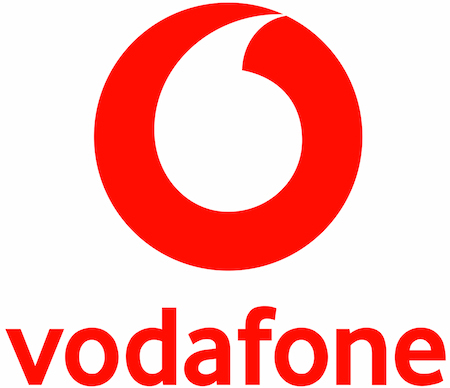
Admittedly some logos work better on an intrinsic level than others. Arguably the best identities will have meaning that resonates on several levels – both intrinsic and acquired. The Vodafone ‘speech mark’ immediately signifies that the brand is concerned with communication. Its readily accessible logo, similar in stance to Mac’s apple, does create a strong message – we are cutting through the jargon, we are on your (the customer’s) side. But the truth remains that it alone, is not the brand. Meaning is poured into the Vodafone brand by its network coverage, its customer service record, its ability to deal with problems and to innovate amongst other things. It might have a great logo, but it cannot and does not, do it all on its own.
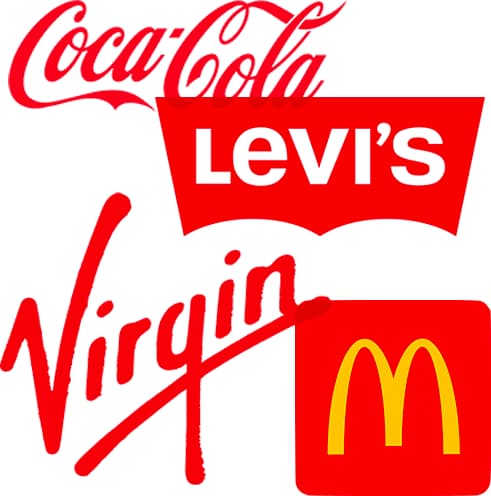
Thinking for a moment about some of the world’s other leading brands – Coca-Cola, McDonald’s, Benetton, Virgin, Levi’s – you will undoubtedly have a clear picture of what each stand for, of what you believe they mean. However, that image does not stem from the logo alone. It has been developed over many years, through ads and promotional material and importantly your experience with the brand, whether it is drinking a coke in China or travelling on a Virgin train. It is the development of a clear philosophy that has been consistently articulated, that has created that particular perception in your mind. As a result of these experiences, the logos of these companies have come to mean something but that something builds over time. Even those brands which have logos with some intrinsic meaning are really initially little more than identifiers. Meaning has to be pumped into a logo – it is too much to expect it to create it all on its own.
The problem with using the term branding synonymously with that of brand development is that it confuses the work involved. Branding is the application of a logo or visual identity and to refer to it as developing a brand is to ignore or belittle all the other hard work that is needed to make sure that a brand stands out, remains strong and is sustainable. Branding is an important role – it involves maximising the potential impact of a logo and giving the brand every chance of standing out above the crowd. But a brand it is not. To use the term branding to mean creating or redefining a brand is at best to confuse it with a visual exercise and at worst to misconstrue and even underplay all the hard work, strategic thinking and research that goes into brand creation and development.
To illustrate the point let’s turn for a moment to the issue of country brand development. A relatively new area but one which is growing apace as countries realise the value of taking charge of their brand on the world stage. The principles are the same as those needed to develop a consumer brand, although the scale is broader and more complex.

The problem with talking about branding a country is immediately apparent as inevitably it ends up in a discussion about visual identity. And if there is any sector where another visual identity is likely to be superfluous, it is in the case of countries. Most already have a plethora of different icons, the most important of which is the flag. The last thing most countries need is another flag but what they do need is a clear method of capitalising on their strengths and communicating their advantages to all their target audiences both internally and abroad.
In reality, strategic brand development of a country is concerned with every aspect of that country including; its people, its history, its culture, its trade and export, its investors as well of course as its tourism industry. It is a way of fostering pride in national identity, creating harmony and unity and building international economic strength. To talk about it as branding, as if slapping a flag on everything is all that is required, is not only inaccurate but potentially damaging. It underplays the depth of the work involved and the level of resource and importantly commitment that will be required.
It also encourages the mistaken perception that creating a brand is a simple quick fix; a panacea. Often this is merely an attempt to obfuscate through lazy thinking. We’re not getting enough investors – ergo we need a brand. Our visitors are leaving us for other markets – oh, we need a brand. There seems to be unrest and a slackening of pride in our national identity – oh we need a brand. Get the branding (sic) consultants in and ‘Bob’s your Uncle’.
If only it were so simple, then a lot of people wouldn’t have wasted a lot of money and we would all be a lot happier and wealthier. The problem lies in the oversimplification as to what a brand is and what it means – the inaccurate use of terminology only serves to muddle the issue further.
The cynics among you may be thinking that this is simply another way to give an industry more credence and status. The truth is much simpler – at present we are confusing two different (admittedly at times interconnected) areas through our paucity of language. Both are needed and the best results come when the two disciplines work together with creative branding that is firmly rooted in strong strategic thinking.
The worst of it is that we are confusing our clients. This will inevitably lead to unmatched expectations and disappointment and as we all know, the place where that will be felt is on the bottom line.So, unless we can all agree a new set of terminology to which everyone agrees, let’s at least be clear by what we mean by branding and make sure we don’t use it when we should be talking about brand development.




